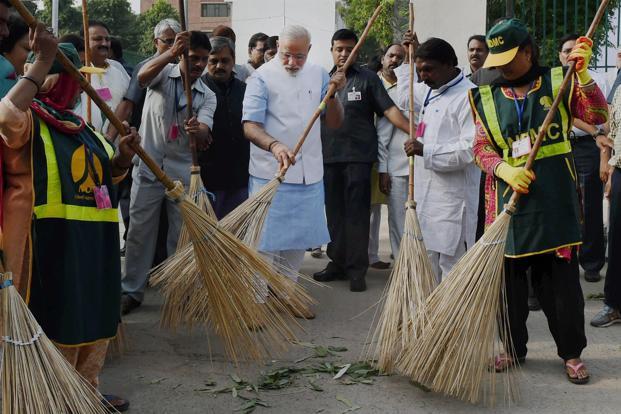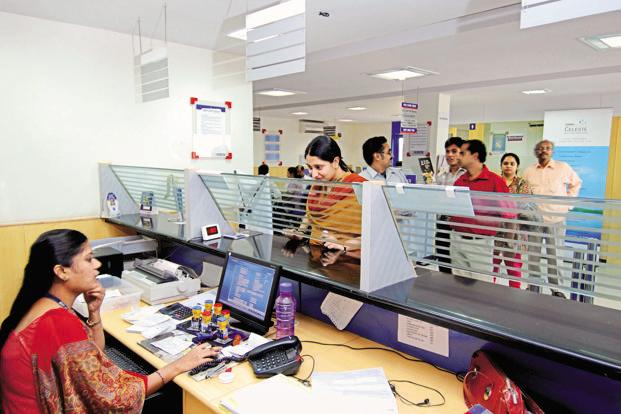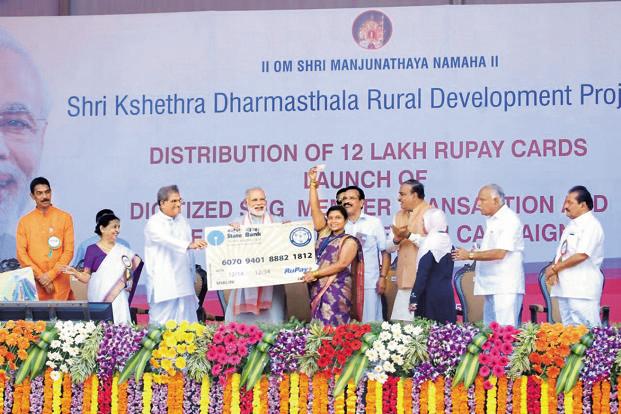Chairman and managing director (CMD) of Canara Bank, R.K. Dubey, and that of Oriental Bank of Commerce, S.L. Bansal, both retired on 30 September. Another large listed state-run bank, Punjab National Bank, will see its boss R.J. Kamath’s five-year term coming to an end on 30 October. Since Kamath is not 60 as yet, he may get another term, but four other listed public sector banks haven’t had CMDs for different reasons. While Indian Overseas Bank boss M. Narendra demitted office on 31 July, Archana Bhargava of United Bank of India had sought voluntary retirement in February, citing health reasons (her tenure would have ended in March 2015). Syndicate Bank chief S.K. Jain was suspended in the first week of August after he was arrested for accepting a bribe (the government sacked him on 22 September) and Bank of Baroda CMD S.S. Mundra was appointed as a deputy governor of the Reserve Bank of India (RBI) on 31 July.
Why is it taking so long to fill the top posts? There are quite a few reasons. First, the Central Bureau of Investigation has found the appointment of Syndicate Bank’s Jain not appropriate. The natural reaction from the government is to take a close look into all appointments and make sure that in future the investigative agency can’t find fault with any appointment.
Typically, a short list of candidates is prepared well in advance—sometimes a year before a vacancy comes up. The process, of course, is not transparent; beyond competence and seniority there are other reasons that influence such appointments.
Second, the government is also talking about consolidation in the public sector banking industry. The State Bank of India’s merchant banking wing, SBI Capital Markets Ltd, is preparing a paper on it. If, indeed, the government decides to shrink the number of banks, there will be fewer CMD positions, and possibly the government wants to get a sense of the new scenario before filling in the vacancies. Finally, a committee, headed by former Axis Bank Ltd chairman P.J. Nayak, has suggested splitting the post of CMD into chairman and managing director, but no decision on this has been taken as yet. This, too, will have a bearing on the appointment of public sector bank bosses.
Meanwhile, RBI has raised the retirement age of private bank chiefs to 70. This seems to be in sync with the provisions of the new Companies Act which stipulates that under Section 196(3), no company is allowed to employ any person as managing director and whole-time director who has attained the age of 70 years.
Earlier, no maximum age was specified for the CEOs of private banks and decisions were taken on a case-to-case basis. The Nayak committee, set up to look into corporate governance of banks, is in favour of bank chiefs retiring at 65.
By allowing private banks to retain CEOs till they attain 70 years of age while chiefs of public sector banks retire at 60, the banking regulator has made it clear that there is no level playing field in the Indian banking sector. A longer tenure ensures continuity and stability which the public sector banks lack where most CEOs remain at the helm for a couple of years. Contrast this with HDFC Bank Ltd, India’s most valued bank: Aditya Puri, its managing director and CEO, has been heading the bank since its inception in 1994.
The tenure of the CEO is one of the many issues that have been plaguing the public sector banks which account for at least 70% of the industry. The chiefs are not well looked after in terms of salary and they report to a board, often infested with incompetent directors. On top of all this, there is government interference. On 2 October, a public holiday, banks had to be kept open and bankers were seen sweeping the branch premises to show solidarity with Prime Minister Narendra Modi’s Swachh Bharat Mission.
A bureaucrat from the finance ministry wrote to the CMDs of all public sector banks asking them to keep offices open on 2 October and employees were directed to report at 9am. “A senior officer may be designated to administer (the) cleanliness pledge to all employees at 9.45am. Thereafter, the officers will voluntarily carry out cleaning of their office premises from inside and outside… All the officers may also be motivated to contribute voluntarily towards cleaning of their residential premises, neighbourhood and social network premises so as to provide 100 hours of voluntary contribution during the year,” the letter said.
Predictably, there was a chain reaction with the CMD’s office forwarding the mail to the zonal offices and the zonal offices, in turn, alerting the branches. The objective of the bankers at the branch level was not necessarily to clean the premises, but somehow get photographed with a broom in hand. The photographs were promptly emailed to the zonal offices, and the zonal offices, in turn, emailed them to the headquarters. I presume the CMDs of all public sector banks have emailed such photographs to the finance ministry as proof of their participation in the cleanliness drive. I have nothing against bankers coming to office on 2 October as they enjoy too many holidays, but the rush to be photographed with a broom has lent a farcical element to the entire exercise, even though nobody can find fault with the objective of the mission. The much-touted Pradhan Mantri Jan Dhan Yojna also runs the risks of turning into a farce with the bankers chasing the numbers and not real expansion of banking services. The joke doing the rounds is that nobody wants to walk on the pavement near a public sector bank branch for fear of being dragged in to open an account.



